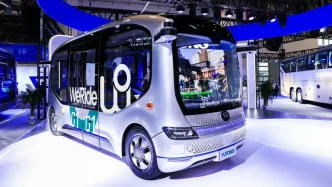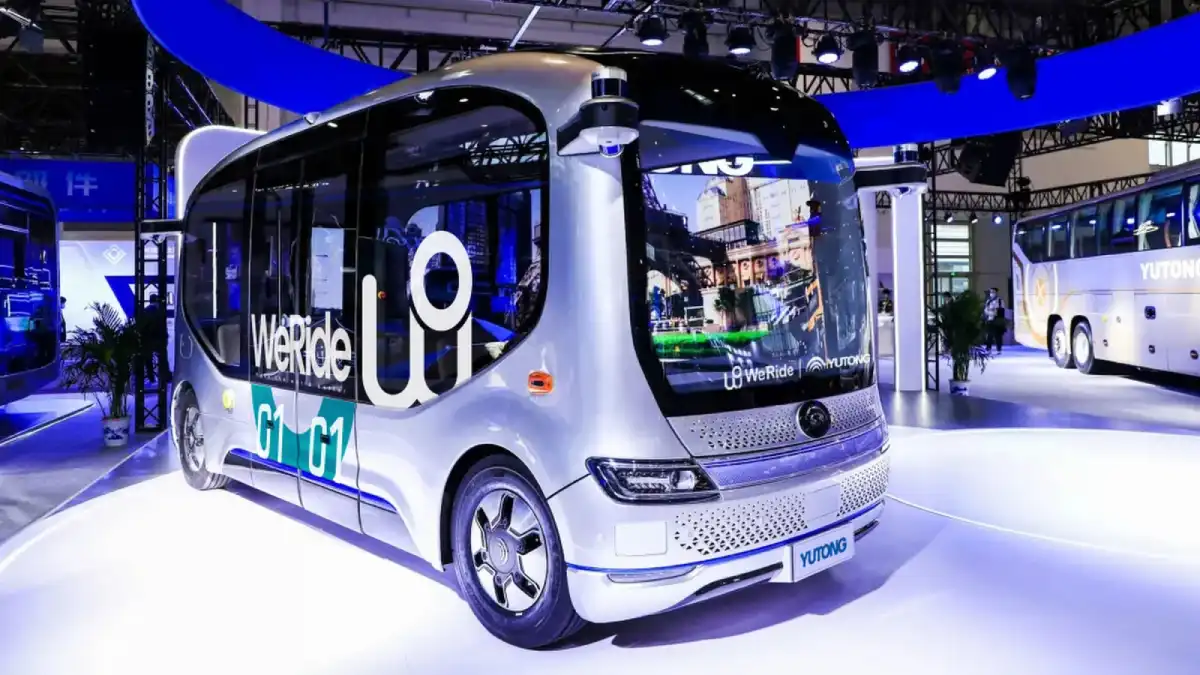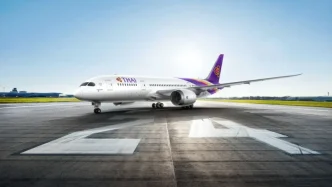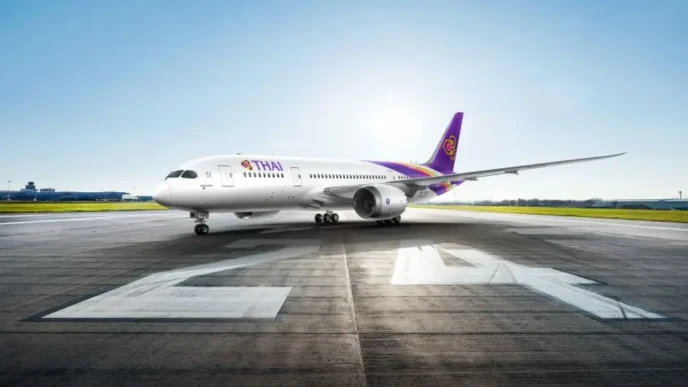In a groundbreaking move for both the insurance and transport sectors, Allianz Insurance Singapore has taken on the challenge of insuring Singapore’s first fully driverless bus, operated by WeRide at Resorts World Sentosa (RWS). This development signals a cautious yet progressive step into the uncharted territory of autonomous vehicle (AV) technology, as the city-state prepares to integrate such innovations into its public transport network. Amid evolving legal frameworks and technological uncertainties, this milestone raises critical questions about liability, safety, and the future of mobility in one of Asia’s most advanced urban hubs.
Pioneering Coverage for a Driverless Future
The policy underwritten by Allianz Insurance Singapore marks a significant first for the insurer in the AV space. It provides coverage for damage to WeRide’s eight-seater driverless shuttle, including its sophisticated cameras and sensors, as well as third-party liability for property damage, bodily injury, or death caused by the vehicle. Operating on a fixed 1.2km loop within RWS, the shuttle functions without any human safety personnel on board—a feat approved by Singapore’s Land Transport Authority (LTA)—and is monitored remotely by an off-site operator.
This remote supervision, according to Allianz Insurance Singapore’s chief operating officer Ong Biying, does not significantly elevate risk compared to on-board human oversight. “There is an operator off-site watching the vehicle and ready to do an emergency stop… So, there is supervision” she explained. Her confidence is further bolstered by the LTA’s stringent safety framework, which mandates rigorous testing at dedicated centers before AVs can be deployed on public roads, alongside extensive trial periods to ensure reliability.
The policy, tailored specifically to WeRide’s operation at RWS, required Allianz to conduct a detailed assessment of the shuttle’s operational and engineering aspects. This included evaluating safety measures, maintenance protocols, and the replacement costs of high-value components like sensors. While Allianz adapted its existing motor insurance models for this pioneering policy, Ong acknowledged the nascent nature of the AV sector, noting that constant dialogue and potential adjustments would be necessary as the technology evolves.
A Cautious Industry Grapples with New Risks
While Allianz has taken a bold step, other insurers in Singapore remain hesitant to dive into the AV market. The complexity of determining fault in AV accidents—whether due to system failures, human error, or cyber-attacks—poses significant challenges. Cecilia Siah, head of motor distribution at Income Insurance, highlighted that liability in AV scenarios often shifts from drivers to manufacturers and software developers, unlike traditional motor insurance models. “Traditional risk factors like driver age and driving history become less relevant, while new factors like vehicle software version, safety record, and driving conditions must be considered” she noted.
Local AV firm Moovita, which operates driverless campus shuttles at Ngee Ann Polytechnic in partnership with ComfortDelGro, has also faced hurdles in securing insurance due to limited industry understanding of AV technology. Although Moovita currently holds motor insurance from Liberty Insurance and product liability coverage from Aon for its operations with safety drivers on board, the company is actively seeking a partner to cover fully driverless services. A Moovita spokesperson expressed hope that as AV technology matures and more safety data becomes available, insurance premiums could eventually align with those of conventional vehicles.
Singlife, another local insurer, is adopting a wait-and-see approach. Senior vice-president for general insurance Alvino Kor stated that the firm is closely monitoring the AV landscape to better understand both the opportunities and risks involved. This cautious stance reflects broader industry concerns about the lack of standardized protocols for liability assessment, necessitating collaboration with manufacturers, tech experts, and regulators.
Legal and Technical Gaps in the AV Ecosystem
Beyond the insurance sector, the rise of AVs raises pressing legal questions. Singapore’s current criminal laws are designed around human drivers, leaving ambiguity about accountability in AV-related incidents. Raphael Louis, managing director at Ray Louis Law Corporation, pointed out the need to amend legislation to address whether an AV operator can be charged with negligence or causing harm. Similarly, Anthony Wee, managing director at Titanium Law Chambers, warned of potential cross-border litigation given that AV components, software, and vehicles often originate from different countries.
Wee also emphasized the transformative impact AVs could have on the insurance industry. While he anticipates fewer accidents overall as AV technology advances—potentially reducing premiums—he cautioned that any AV accident is likely to be catastrophic due to systemic failures such as signal loss or hacking. “What happens if there is a failure to update the software, or if the software engineers themselves were at fault? Who is going to be liable? There are more questions than there are answers” he remarked. He urged Parliament to address these gaps and proposed forming a review committee of insurance and legal experts to update existing laws.
Technical expertise across the ecosystem also needs to catch up with AV advancements. Ong from Allianz flagged the importance of building capacity among vehicle workshops and insurance investigators to handle AV-specific issues, including emerging cyber-security risks. As AVs rely heavily on software and connectivity, vulnerabilities to hacking or data breaches add another layer of complexity to risk assessment and coverage models.
Singapore’s Vision for Autonomous Transport
The insurance of WeRide’s driverless bus at RWS comes as Singapore prepares to roll out autonomous public shuttles in housing estates, with a pilot scheduled for Punggol in the fourth quarter of 2025. This initiative is part of the government’s broader strategy to enhance the public transport network through cutting-edge technology, positioning the city-state as a leader in smart mobility. Under road traffic rules introduced in 2017, all AVs in Singapore must carry third-party liability insurance before they can be tested or used on public roads, alongside obligations to report malfunctions and record operational data for investigations.
Allianz is eager to play a role in this upcoming deployment. Ong expressed enthusiasm about the prospect, stating, “We hope to, and we will be excited to be a part of it if there is an opportunity.” The insurer’s early involvement with WeRide’s operation—boasting a zero-accident record since its launch in June 2024—demonstrates a willingness to navigate the uncertainties of AV technology while supporting Singapore’s ambitious transport goals.
Balancing Innovation with Accountability
As Singapore forges ahead with AV integration, the interplay between innovation, regulation, and accountability becomes increasingly critical. Insurers like Allianz are testing the waters, adapting traditional models to cover unprecedented risks, while others remain on the sidelines, wary of the legal and technical unknowns. The shift in liability from individuals to corporate entities—manufacturers, software developers, and operators—demands a rethinking of how responsibility is assigned and compensated in the event of failure.
Moreover, the potential for catastrophic incidents, though rare, underscores the urgency of robust legal frameworks and industry expertise. With AVs poised to reshape urban mobility, Singapore’s experience could serve as a blueprint for other nations grappling with similar challenges. The government’s proactive approach, evidenced by LTA’s safety mandates and planned public shuttle deployments, suggests a commitment to balancing technological progress with public safety.
Yet, as Wee aptly noted, the questions surrounding AV liability and regulation far outnumber the answers. How will cross-border disputes be resolved? Can existing laws adapt to non-human operators? And who bears the ultimate responsibility when technology fails? As Singapore pioneers solutions to these dilemmas, the journey of its driverless buses may well chart the course for the global future of autonomous transport.













